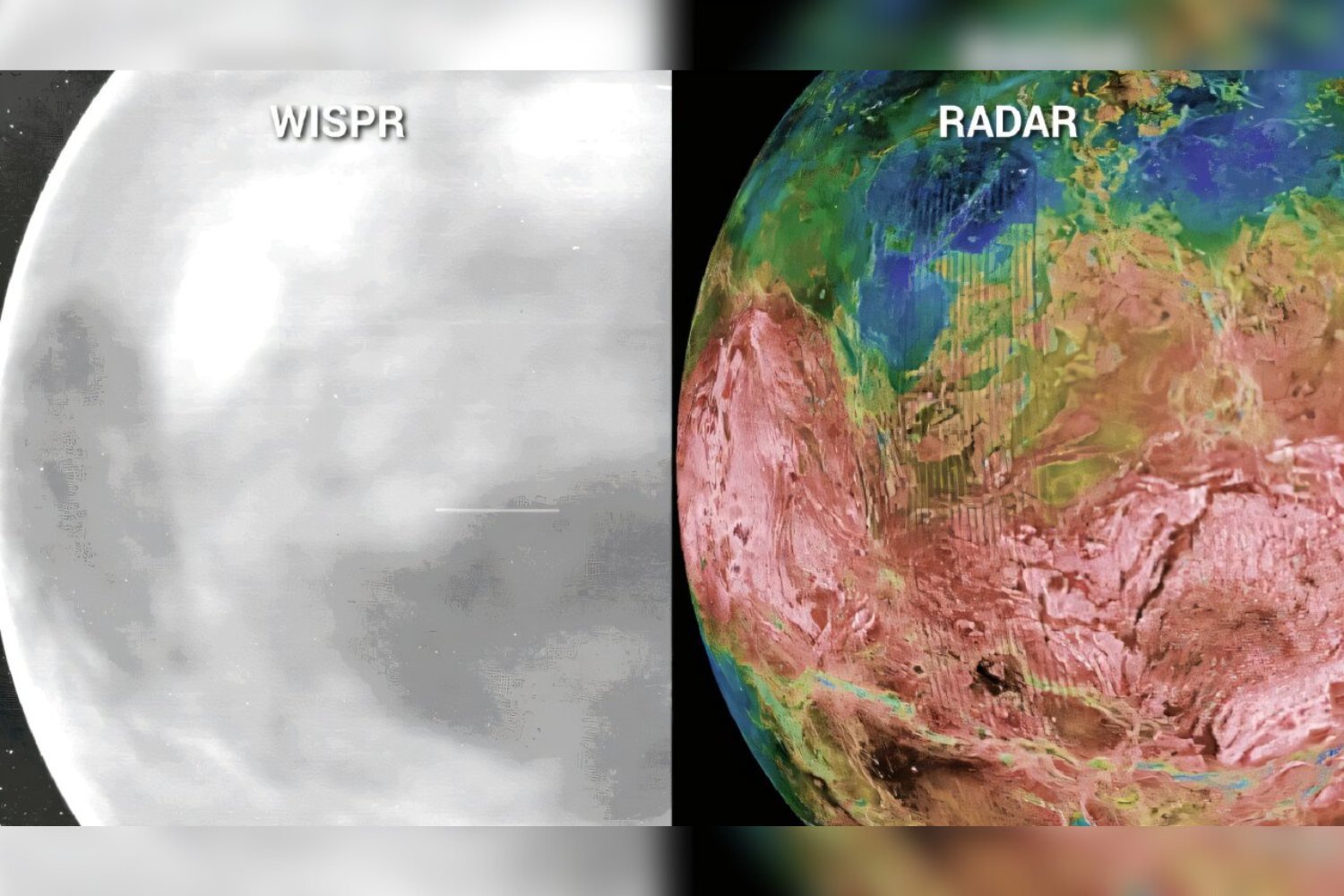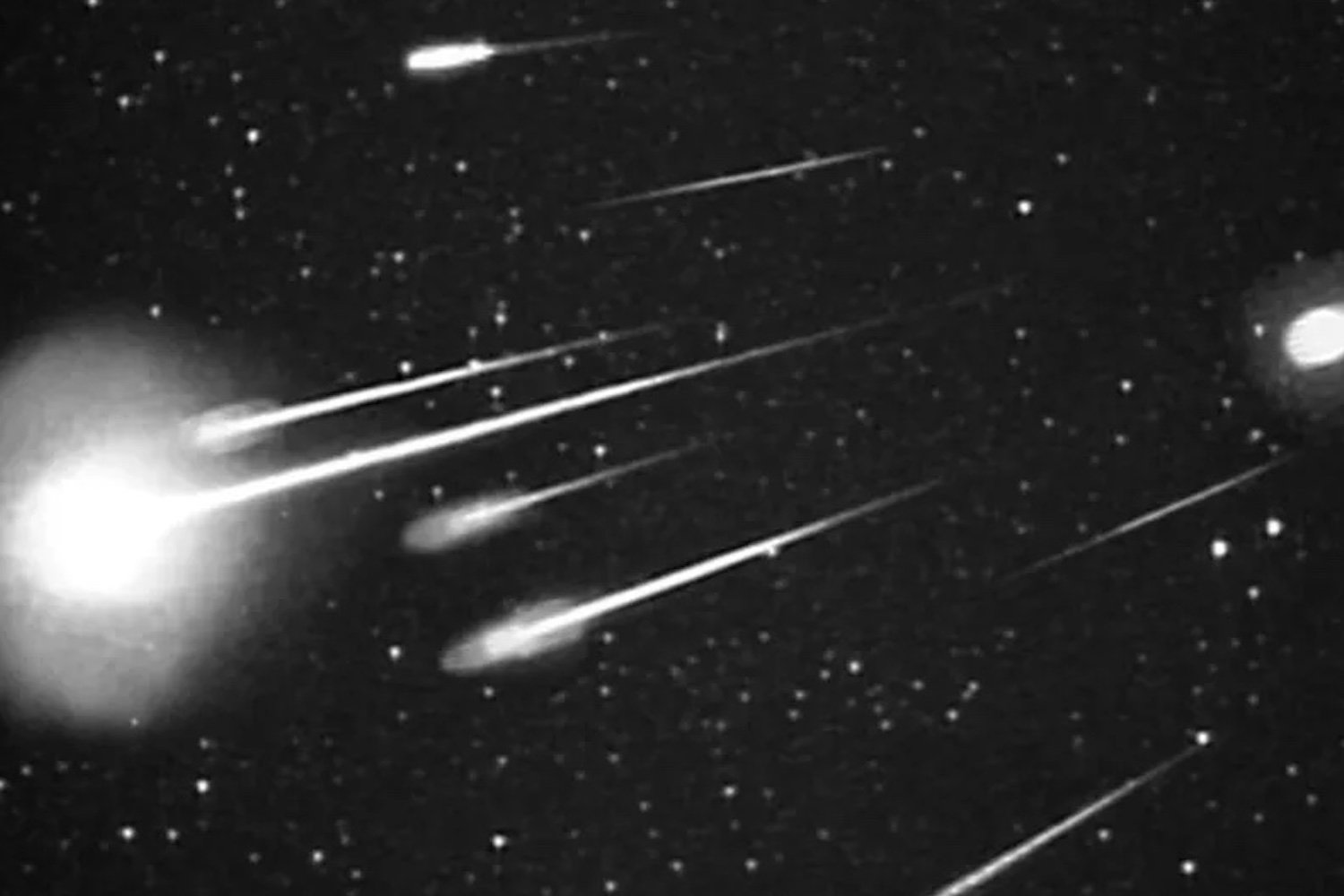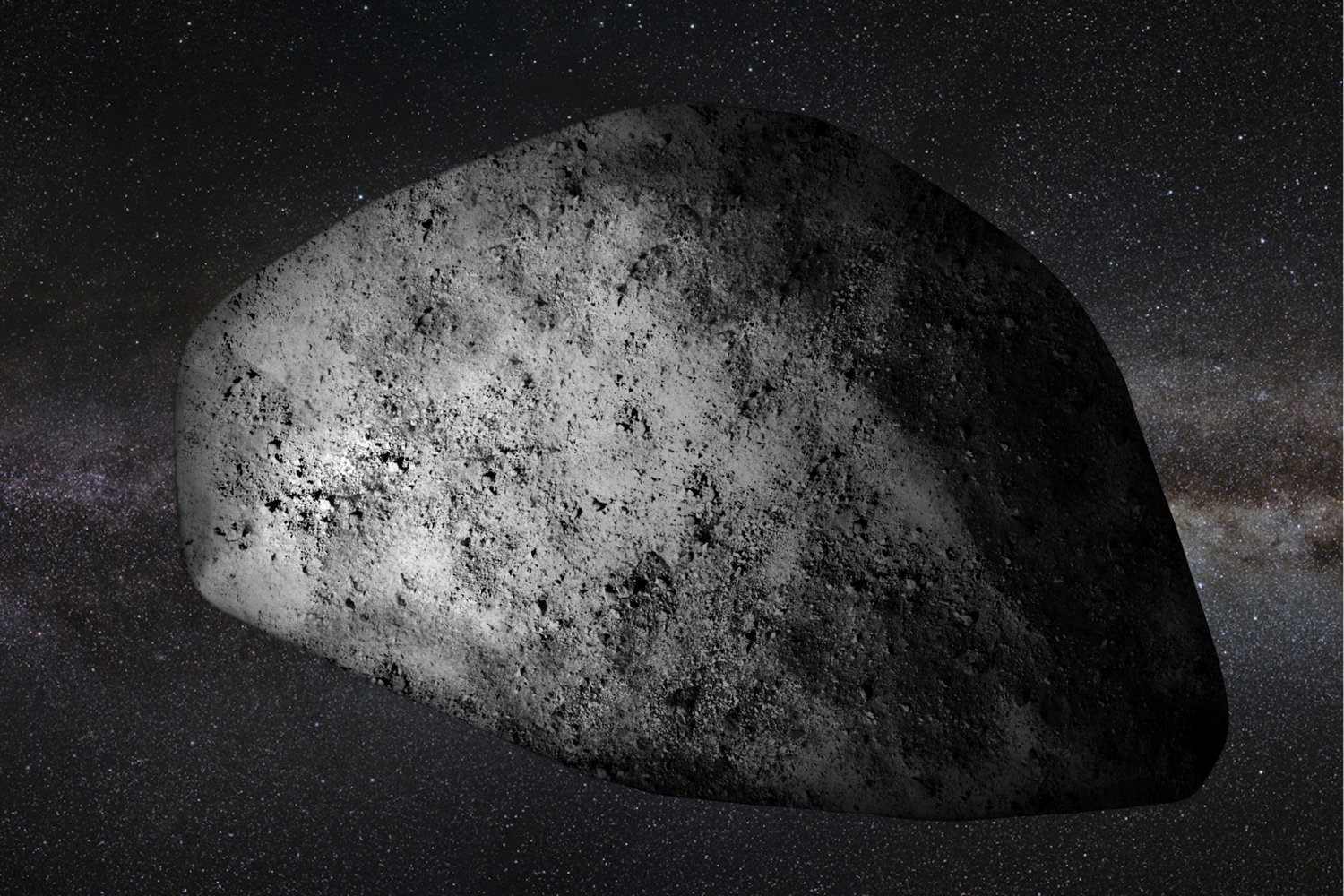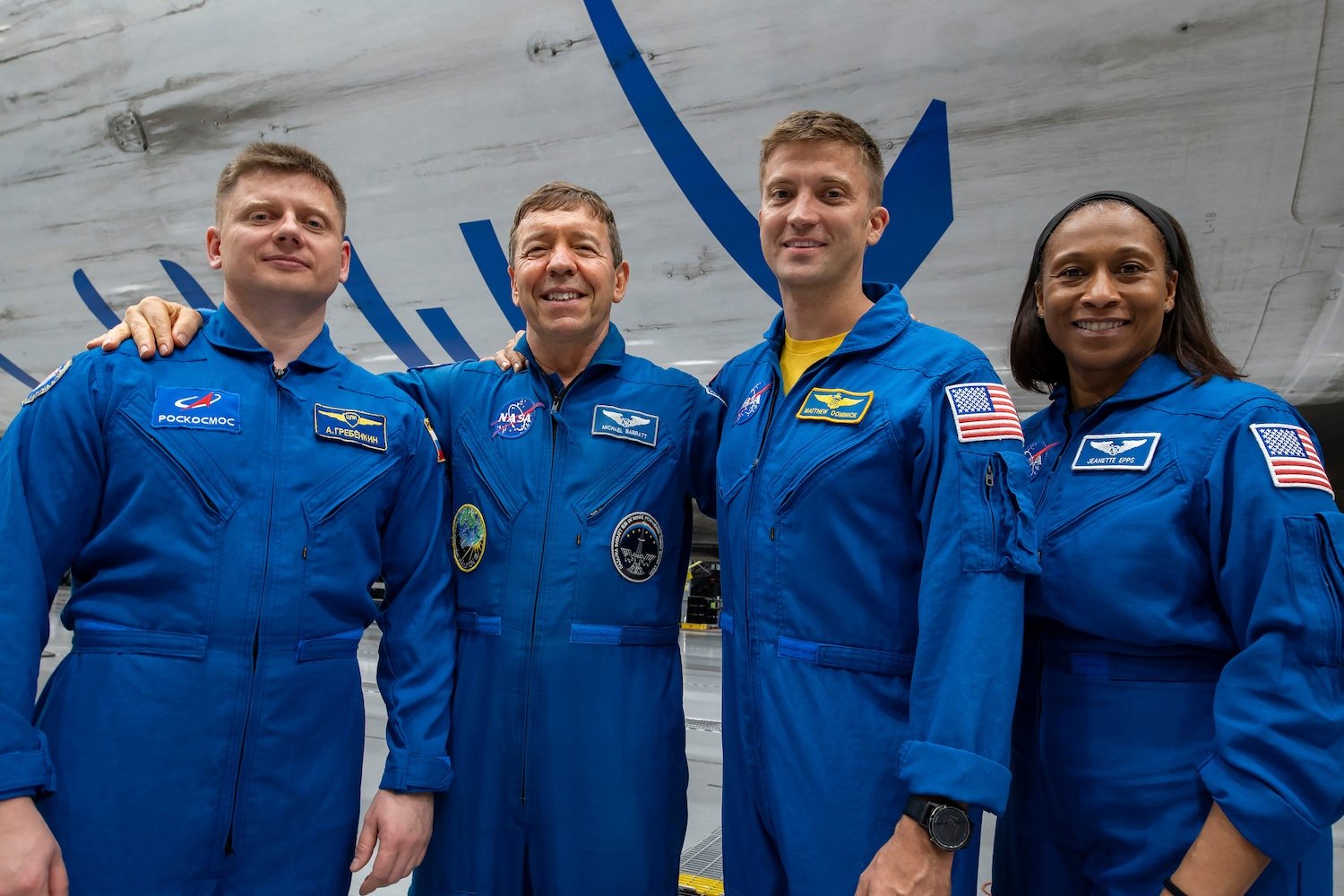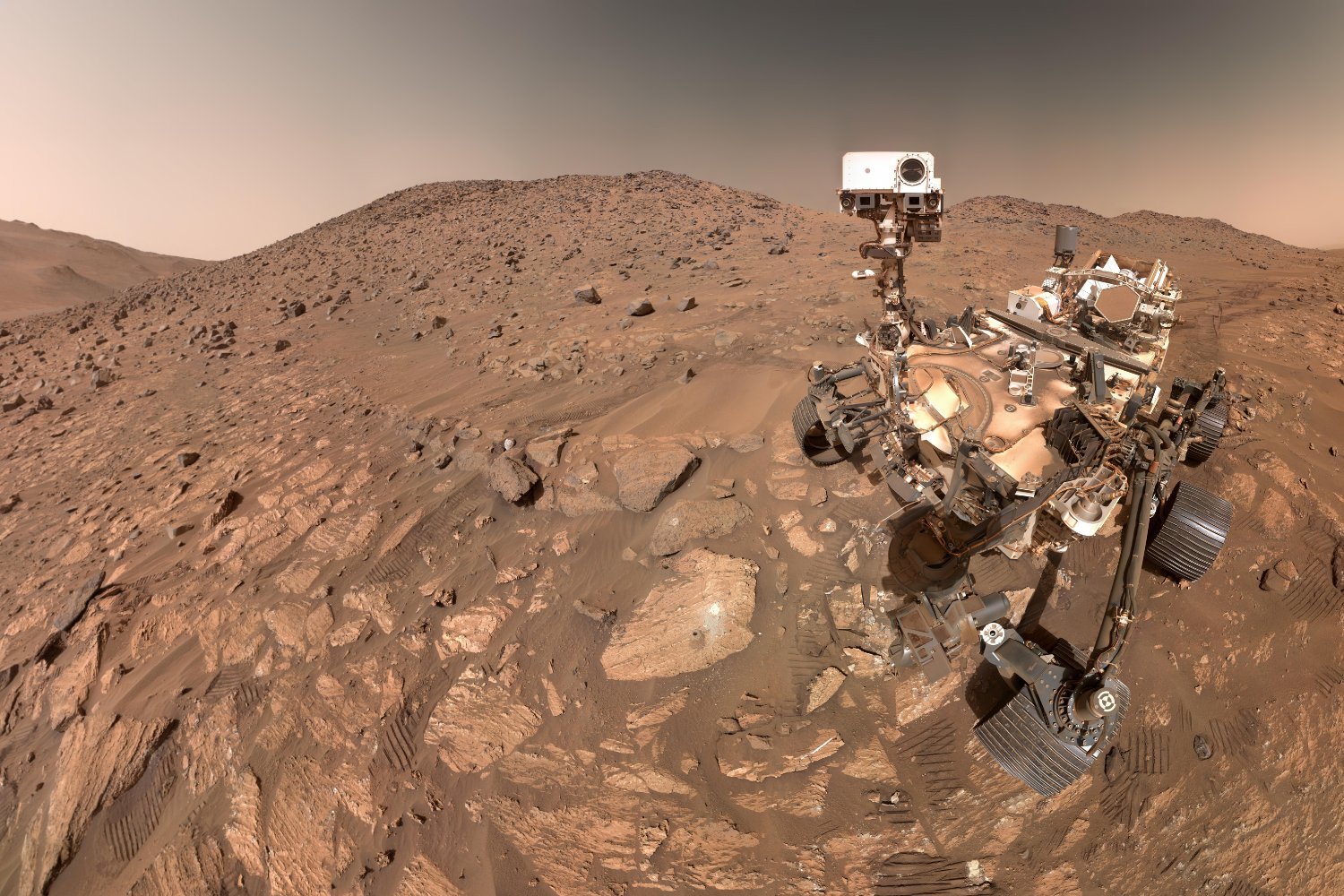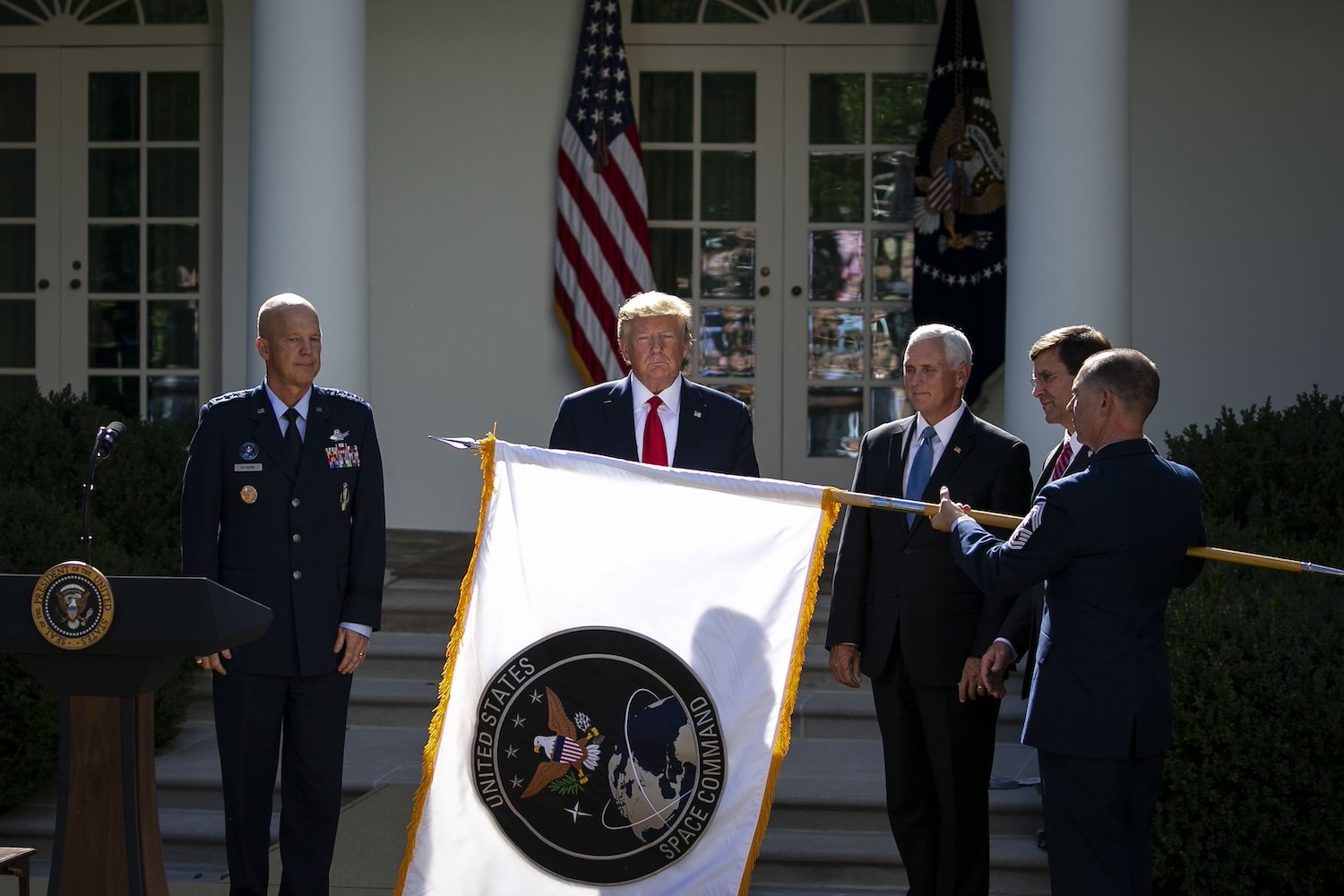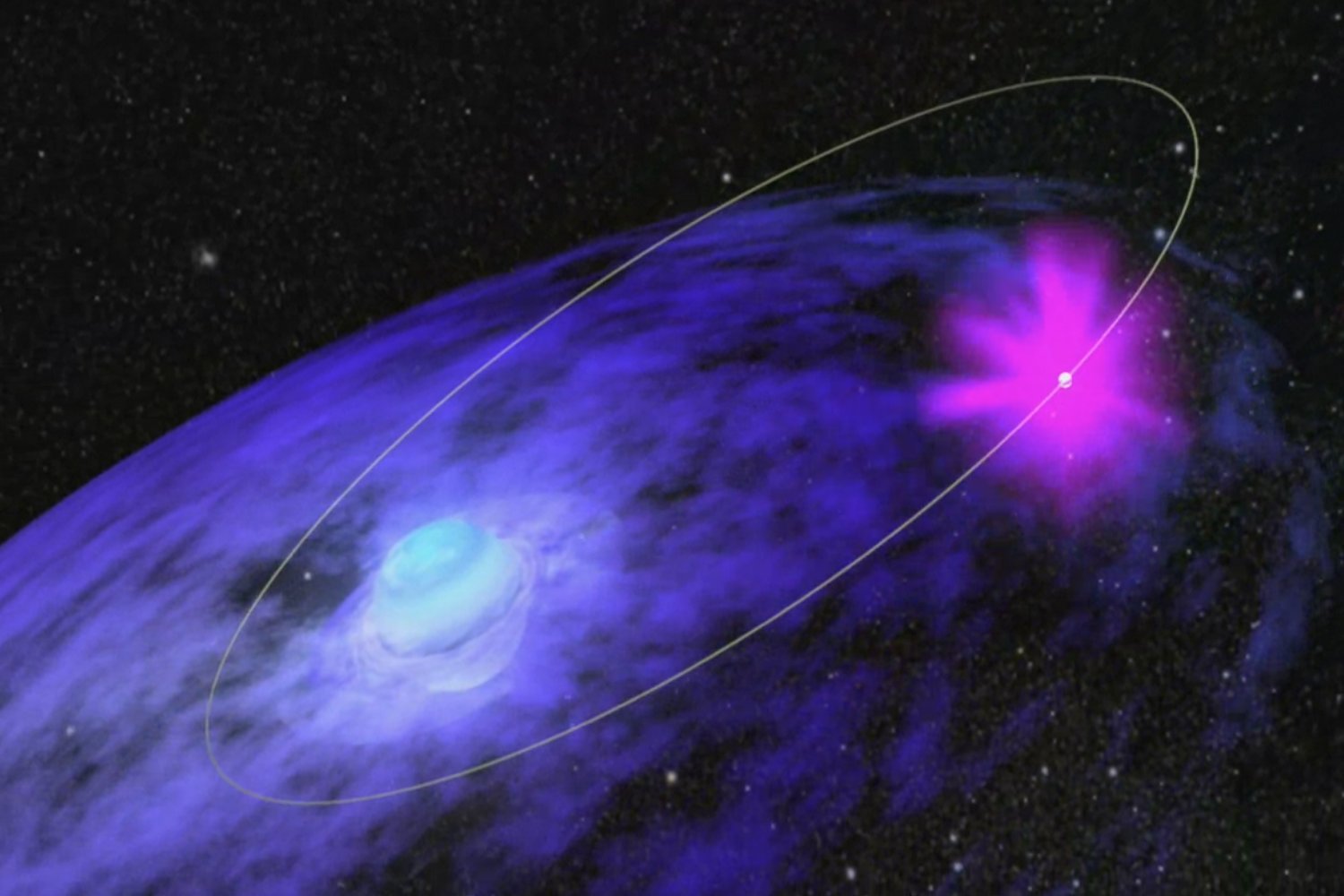Parker Solar Probe, NASA’s groundbreaking mission to study the Sun, will perform its seventh and final Venus flyby on November 6. This maneuver, utilizing Venus’s gravity, will propel the probe closer to the Sun than any human-made object has ever been. The flyby not only sets the stage for this historic solar encounter but also offers a chance to reflect on Parker’s surprising Venusian discoveries, from planetary dust rings to intriguing atmospheric radio signals.
Venus Gravity Assist: A Slingshot to the Sun
During this final Venus flyby, Parker will come within a mere 233 miles (376 kilometers) of Venus’s surface. This close approach allows the probe to leverage Venus’s gravitational pull as a slingshot, propelling it towards the Sun. Such gravity assists are crucial for space missions, minimizing fuel consumption and maximizing mission efficiency.
Previous Solar Encounters: A Glimpse into the Sun’s Fury
Parker has already experienced close encounters with the Sun, providing valuable data. In 2021 and 2022, the probe flew through coronal mass ejections (CMEs) – powerful bursts of particles and radiation from the Sun’s surface. The data gathered from these events provided unprecedented insights into the Sun’s extreme environment and how solar plasma interacts with interplanetary dust.
Unveiling Venus: Unexpected Insights from a Solar Mission
These Venus flybys have also provided unexpected opportunities for studying Venus itself. In 2020 and 2021, Parker’s Wide-Field Imager (WISPR) captured infrared images of Venus’s surface. These images, capturing the planet’s intense heat glowing through its dense clouds, correlated with data collected by the Magellan spacecraft 30 years prior. The November 6 flyby, covering different Venusian terrains, will further explore WISPR’s potential to reveal Venus’s surface properties, both physical and chemical.
The Grand Finale: A Record-Breaking Solar Approach
Parker’s ultimate goal is a record-breaking close approach to the Sun, coming within 3.86 million miles (6.12 million kilometers) of its surface. This final close approach, scheduled for December 24, will see the probe hurtling through solar plasma plumes at a staggering 430,000 miles per hour (692,000 km/hr). During this critical phase, communication with mission control will be suspended. However, Parker is expected to transmit a beacon on December 27, confirming its status and success.
The Legacy of Parker Solar Probe
The Parker Solar Probe mission is scheduled to conclude in 2025, following this historic solar encounter. Its groundbreaking achievements will undoubtedly pave the way for future solar exploration, leaving a lasting legacy of scientific discovery and pushing the boundaries of space exploration.



